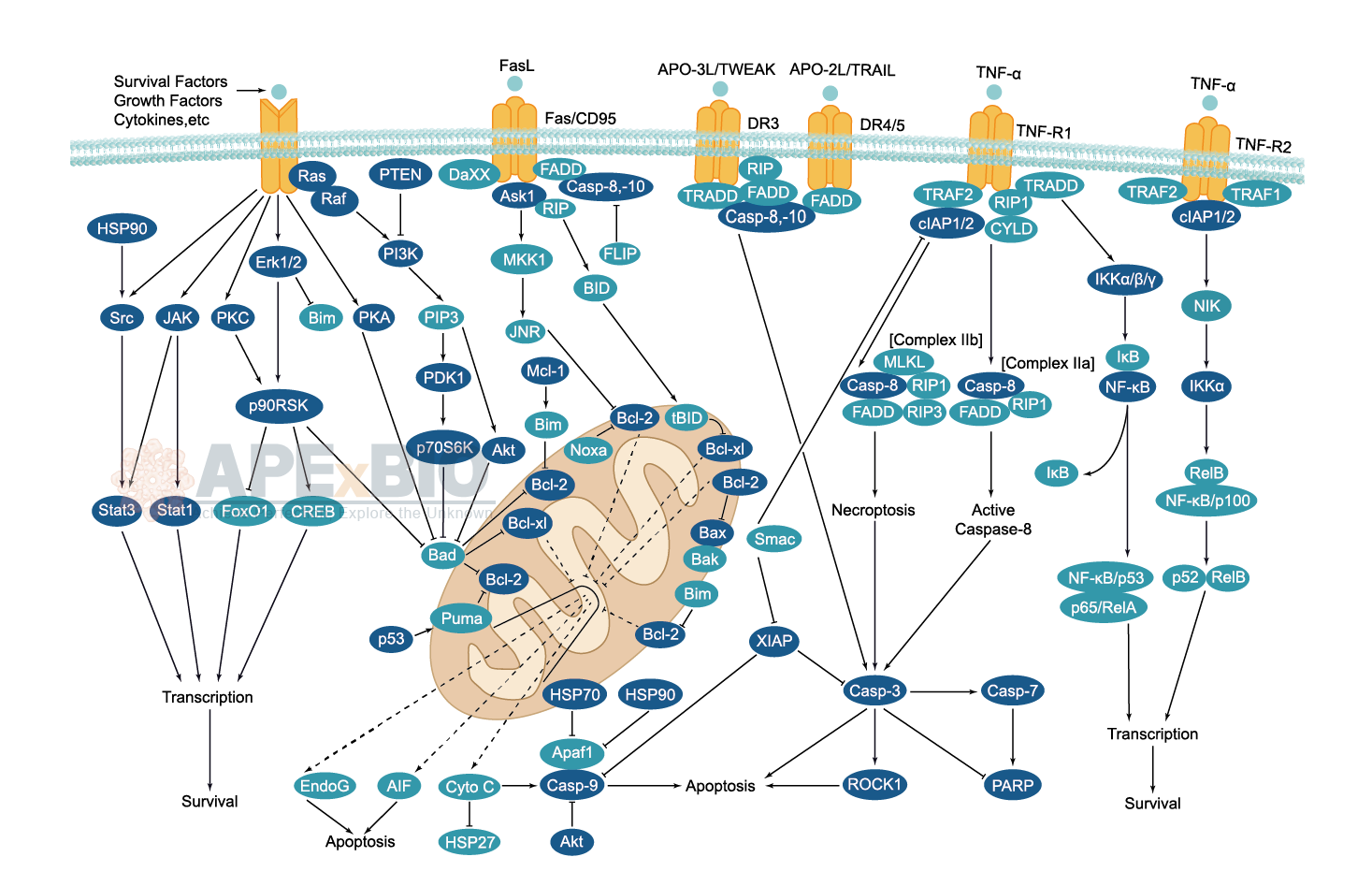Apoptosis
Apoptosis, also known as programmed cell death, is rigorously controlled process of cell death that leads to phagocytosis of unwanted cell. It is triggered after sufficient cellular damage and activated through extrinsic or intrinsic pathways. The intrinsic pathway is mainly occurs via release of cytochrome c from the mitochondria and regulates mitochondrial outer membrane permeabilization by Bcl-2 family proteins. The extrinsic pathway is induced by ligand binding to death receptor, such as Fas, TNFαR, DR3, DR4, and DR5. Caspases then cleave target proteins and nuclear lamins to promote DNA degradation, resulting apoptotic cells undergo phagocytosis. In addition, p53 has the ability to activate intrinsic and extrinsic pathways of apoptosis by inducing transcription of several proteins like Puma, Bid, Bax, TRAIL-R2, and CD95.
Some Inhibitors of apoptosis proteins (IAPs), such as XIAP/BIRC4 and Bruce/BIRC6, can block casapse activity through direct binding, while other IAPs, such as cIAP1/BIRC2, cIAP2/BIRC3, act as ubiquitin ligases that target caspases for ubiquitin-mediated degradation. Apoptosis is essential for growth, development and aging in multicellular organisms. Any alterations or abnormalities occurring in apoptotic processes contribute to development of human diseases, including cancer.
-
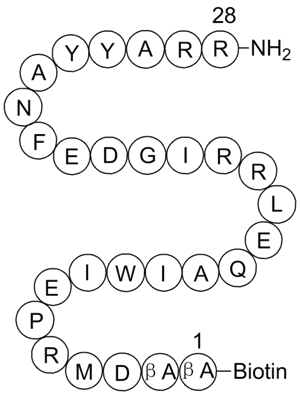 A4463 BIM, BiotinylatedSummary: Bim peptide fragment with a biotin moiety attached
A4463 BIM, BiotinylatedSummary: Bim peptide fragment with a biotin moiety attached -
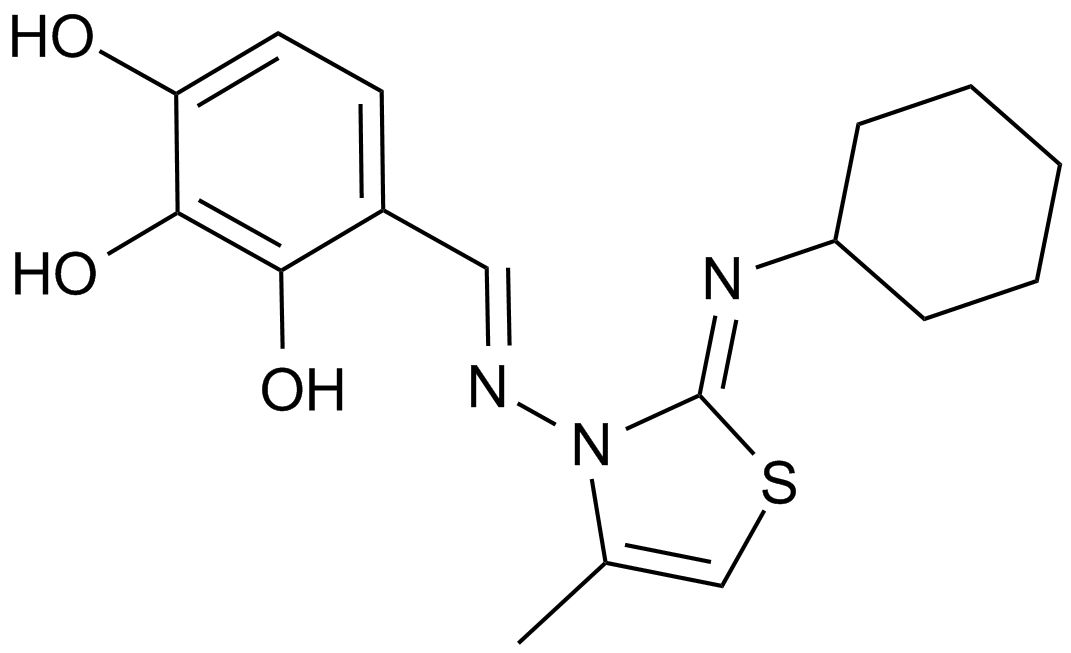 A4465 MIM11 CitationTarget: Mcl-1Summary: Mcl-1 Inhibitor
A4465 MIM11 CitationTarget: Mcl-1Summary: Mcl-1 Inhibitor -
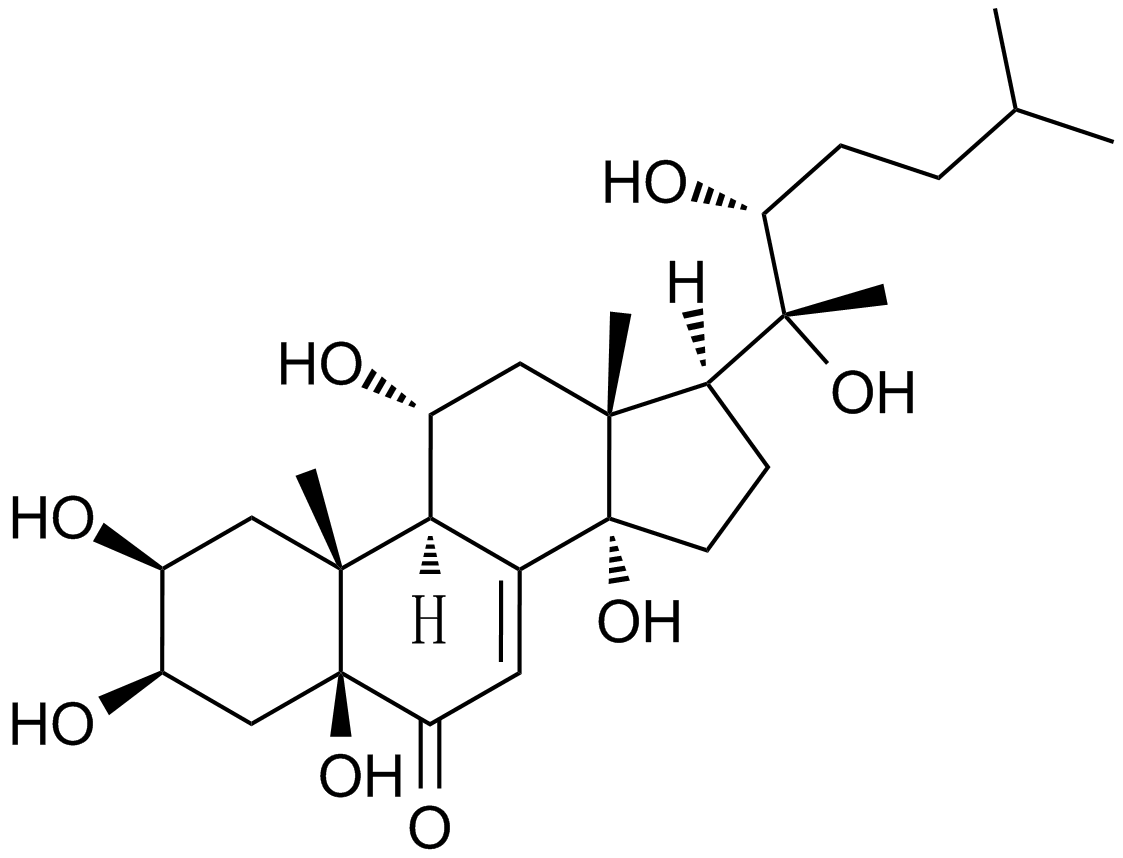 A4466 Muristerone ASummary: TRAIL- and hFasL-induced apoptosis inhibitor
A4466 Muristerone ASummary: TRAIL- and hFasL-induced apoptosis inhibitor -
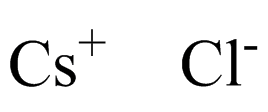 A4468 Cesium chlorideSummary: Potassium channel blocker
A4468 Cesium chlorideSummary: Potassium channel blocker -
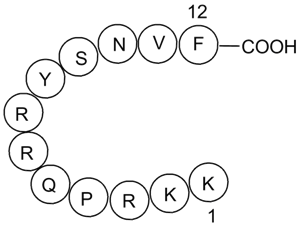 A4469 DAPK Substrate PeptideSummary: Synthetic peptide substrate for DAPK
A4469 DAPK Substrate PeptideSummary: Synthetic peptide substrate for DAPK -
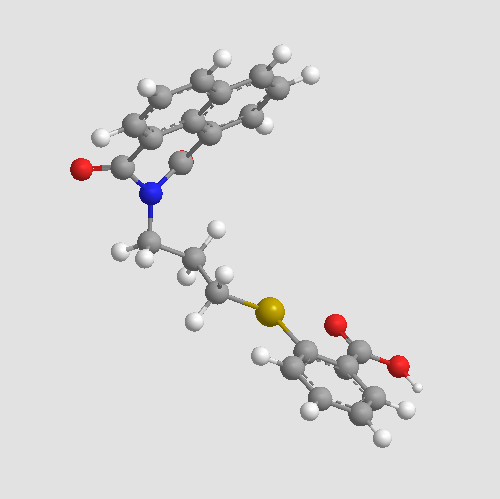 A4471 GRI 977143Summary: LPA2 receptor non-lipid agonist
A4471 GRI 977143Summary: LPA2 receptor non-lipid agonist -
 A4472 Mdivi 11 CitationSummary: Selective DRP1/Dnm1 inhibitor, cell-permeable
A4472 Mdivi 11 CitationSummary: Selective DRP1/Dnm1 inhibitor, cell-permeable -
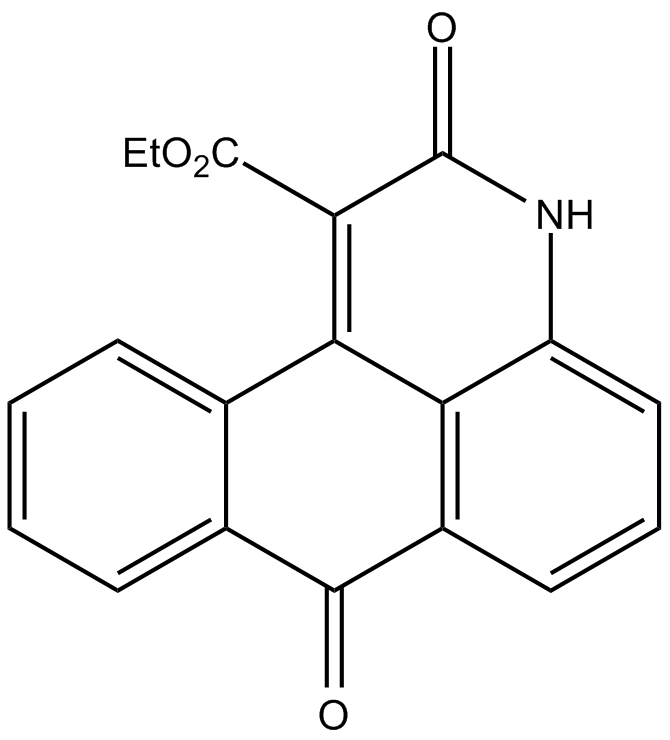 A4474 NQDI 1Summary: ASK1, MAP3K5 inhibitor
A4474 NQDI 1Summary: ASK1, MAP3K5 inhibitor -
 A4475 TLQP 21Summary: VGF-derived peptide
A4475 TLQP 21Summary: VGF-derived peptide -
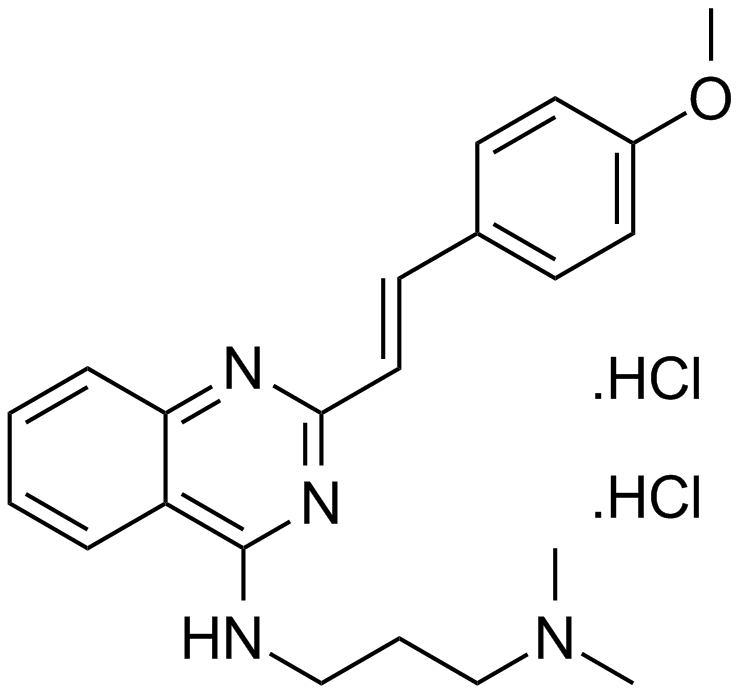 A4476 CP 31398 dihydrochlorideSummary: p53 stabilizer
A4476 CP 31398 dihydrochlorideSummary: p53 stabilizer


